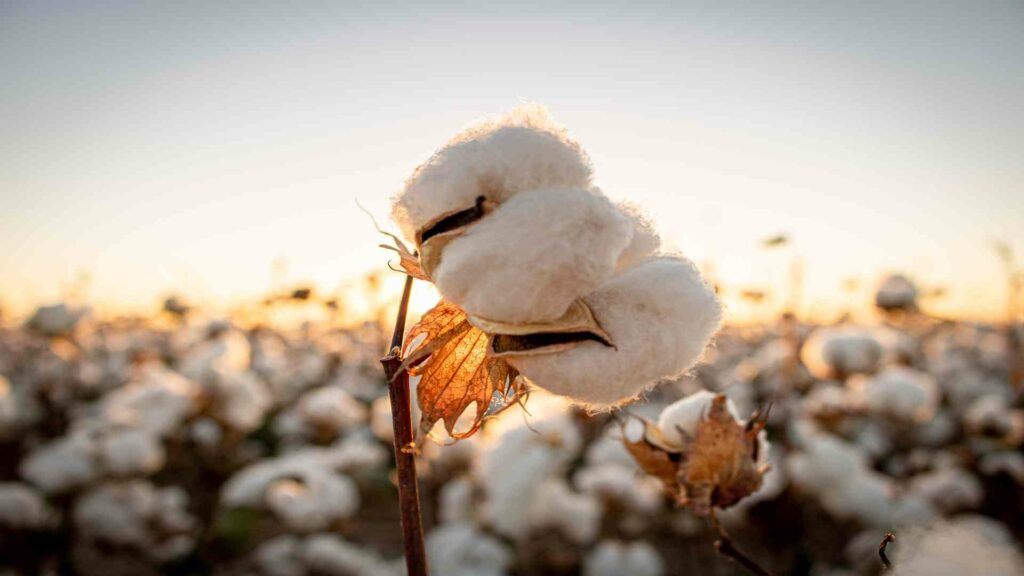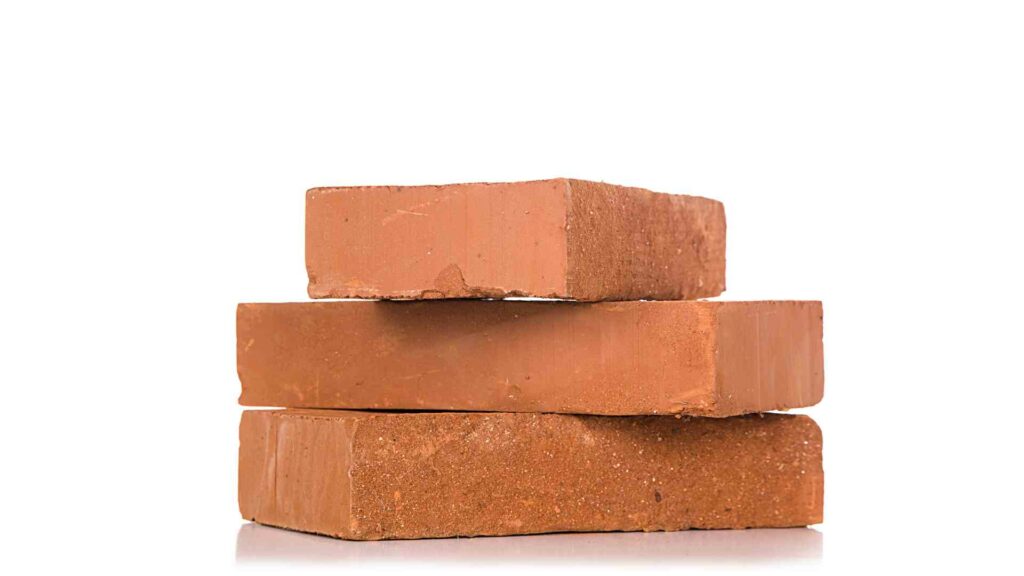Hello, and welcome to our video about the Stevia plant. Stevia is a sweet herb that is native to South America.
It’s made from the Stevia rebaudiana plant and is known for its natural sweetness, making it a popular alternative to artificial sweeteners. It can be grown both indoors and outdoors and is relatively easy to care for.
One of the key things to keep in mind when growing a stevia plant is that it requires certain mineral nutrients to thrive. And one of these minerals that is important for stevia is boron. Boron plays a vital role in the plant’s growth, helping to regulate cell elongation and division, as well as the transport of sugars and other nutrients.
Importance of Boron in Stevia Plants
Boron also helps to strengthen the cell walls of the plant, making it more resistant to pests and disease. Be sure to keep an eye out for signs of boron deficiency and take steps as necessary. This might include adding these minerals to the soil or using a fertilizer that contains them.
Also, In addition to boron, a stevia plant also needs other minerals like Nitrogen, Phosphorus, Potassium, Magnesium, and Zinc.
In a remarkable experiment in Brazil, scientists uncovered the secret formula for healthy stevia plant growth.
The study found a mix of vital micronutrients and minerals such as Boron (89g), Copper (26g), and Iron (638g) – far greater than other essential elements like Manganese (207 g) or Zinc(13). This demonstrates that although water and sunlight are fundamental for plant development, they must also be nourished with intricate replenishing components in order to reach their full potential.
Let’s take a look at cultivating a stevia plant for optimal growth.
When planting stevia, it’s important to choose a location that gets plenty of sunlight. A stevia plant prefers well-drained soil that is rich in organic matter. The pH of the soil should be between 6.0 and 7.0. Stevia can be propagated by seed or cuttings. To propagate from a seed, sow seeds in a seed tray and cover them with a thin layer of soil.
1. Keep the soil moist and warm, and the seeds should germinate in about 2 weeks.
2. Once the stevia plant is in its growth stage, it should be watered regularly, but not too much, as the plant does not like being waterlogged.
Fertilizers are also important for the growth of a stevia plant. Nitrogen, Phosphorus, and Potassium are the main macro-nutrients that stevia needs.
You can use a balanced fertilizer, or you can use organic fertilizers like compost, cow manure, and bone meal. Finally, a stevia plant is relatively pest and disease-resistant, but it’s still important to watch for common problems like aphids, spider mites, and powdery mildew.
Now that we know about stevia Plants let’s learn more about where the stevia plant comes from.
For centuries, the Guaraní people have been aware of stevia’s powerful sweetness and healing potential. But it wasn’t until 1899 that a Swiss botanist gave it much-needed scientific recognition as ‘eupatorium rebaudianum’.
In the early 70s, Japanese scientists developed an innovative commercial sweetener derived from this natural plant source. However, its worldwide use was delayed due to stringent regulations in many countries. With a sweetness up to 300 times more powerful than table sugar, stevia-based sweeteners have been revolutionizing taste buds across the globe.
Consisting of naturally occurring compounds like Reb A and Stevioside, these remarkable glycosides are sure to satisfy any craving while also having extensive backing from the U.S Food & Drug Administration (FDA). By providing your stevia plant with the right amount of boron, along with other essential minerals, and proper care, you can ensure that your plants will thrive and produce sweet leaves.
We hope you gained some valuable insight about the stevia plant. As always, it’s a good idea to consult with local experts or gardening guides for more information on specific needs for your area.





